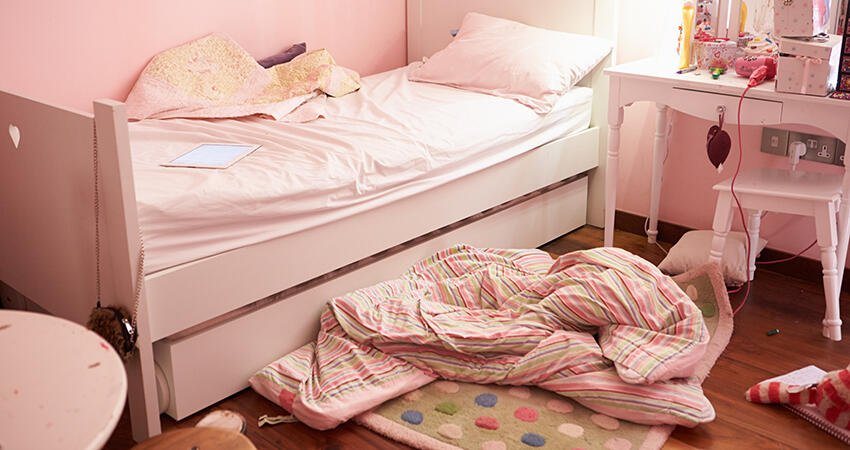
Can the Design of a Home Reduce the Effects of Household Crowding on Children?
- Title:
- Can the Design of a Home Reduce the Effects of Household Crowding on Children?
- Author:
-
Kimberly A. Rollings and Gary W. Evans
- Source:
-
Environment and Behavior
- Publication Date:
-
2019
Researchers and policymakers widely understand that crowding can have adverse impacts on children’s outcomes, but they don’t always agree on the extent to which crowding harms kids and how to measure the effects. This study explores two key questions: (1) how the number of people per bedroom (a common measure of residential crowding) relates to residents’ perceptions of crowding and (2) what physical design components of a home may reduce crowding’s effect on children’s physiological stress, psychological distress, and learned helplessness levels.
Through home interviews and visits with 181 low- and middle-income mothers and their children ranging from ages 6 to 12, researchers gathered data on home and bedroom design, psychological health, physiological stress, and demographics. The housing data included measures of interior density (persons per room), perceived crowding, design factors (such as bedroom ceiling height and window area), noise, and clutter. The nine-item scale used for children’s perceptions of crowding and examples of clutter ratings are accessible in an online appendix. Findings suggested that interior density (persons per bedroom), is positively correlated with perceived crowding in homes and bedrooms and that bedroom ceiling heights may buffer the negative effects of this perceived home crowding on children’s physiological stress outcomes.
Key findings
- Measures of interior density (persons per home and bedroom) were found to be accurate indicators of perception of crowding in a child’s home and bedroom, as the two measures were modestly correlated.
- Higher ceilings in bedrooms were associated with better physiological stress outcomes for children, compared with the outcomes of children with lower ceiling heights in bedrooms. Other design features had no notable effect on physiological stress.
- The impact of perceived crowding on a child’s psychological health was not significantly affected by the presence of specified design features.
Policy implications
The authors encourage developers to consider the potential of heightened ceilings as a buffer for harmful effects of perceived crowding in future constructions—whether through increases in ceiling heights or adjusting design attributes that affect perceptions of ceiling height—especially given current and anticipated increases in residential interior density. The authors suggest that future research should explore how the benefits of raising ceiling heights in high-density housing compares with the potential increase in construction costs.
Photo by Monkey Business Images/Shutterstock


